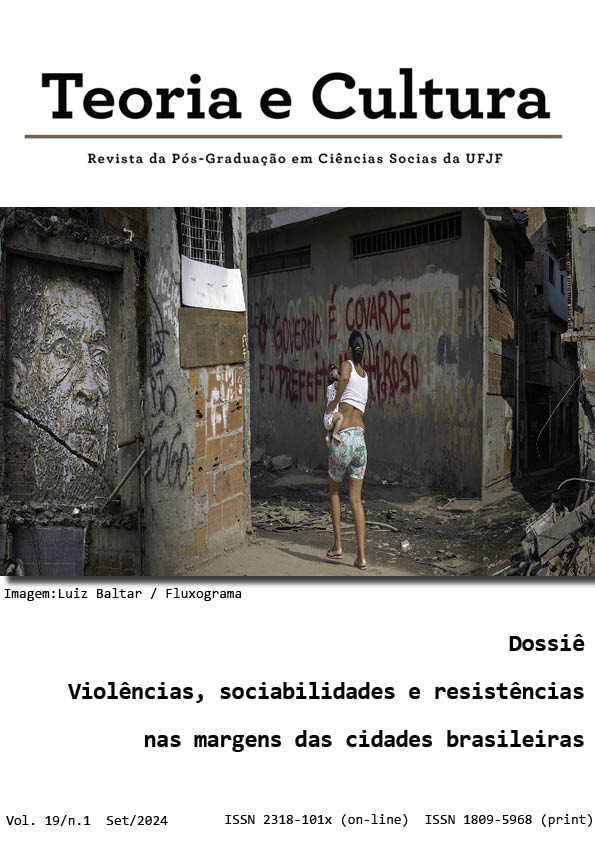Symbolic spoils of the “faction war” in Pelotas/RS
DOI:
https://doi.org/10.34019/2318-101X.2024.v19.43428Abstract
This article analyzes the markings represented by graffiti and tattoos made by or on behalf of factions in the municipality of Pelotas, in Rio Grande do Sul. In an ethnographic-inspired research that lasted two years, these markings were gathered in 55 photographs and their meanings clarified by 37 key actors interviewed, including police officers, researchers, prison activists and individuals who self identify as members of factions. Through this set of data, we investigated the outcome of the war between rival collectives, which took place between 2015 and 2018, and the image legacy that imprinted the presence of the factions in the municipal spectrum, lasting until the present moment. Regarding the symbolic spoils of war, the term “markings” includes tattoos and graffiti, plus footing or the alignment of subjects with the factions' communicational ideology, as a set of elements visually established in everyday life and the environment. We conclude that the markings represent a valuable resource for investigative work and solid data, capable of contributing to the construction of preventive measures against violence, informing, in this case, the hegemony exercised by a single faction.








